The incident occurred when the train, carrying more than 2,000 karsevaks, was returning from Ayodhya, a city in Uttar Pradesh, where they had participated in a movement to build the Ram Temple at the site of the controversial Babri Masjid. As the train reached Godhra railway station, a mob of Muslims attacked it, pelting stones and setting fire to one of its bogies.
The mob reportedly poured petrol on the bogie, which was carrying karsevaks, and set it on fire. The karsevaks were trapped inside the burning bogie, and 59 of them, including 27 women and ten children, died. The incident sparked unrest in Gujarat. National and international media heavily criticised the incident. The incident led to widespread debate and criticism of radical Islam in India. Moreover, both the Central and State Government were accused of a lack of intelligence. The incident also raised questions about the communal divide in society and the role of religion in its politics. The incident was investigated by Government agencies and judicial bodies, including the Nanavati-Mehta Commission, which was set up by the Gujarat Government to investigate the incident and its aftermath. The commission found that the burning of the train bogie was a premeditated conspiracy by a group of Muslims. It also pointed out several lapses on the part of the Central and State Governments in intelligence.
The incident continues to be a controversial and emotive issue in Indian politics and society. Different groups offer different interpretations and perspectives on the events and their aftermath. Some see the incident as a manifestation of the deep-seated communal tensions in Indian society, while others see it as a result of political opportunism. However, the facts claimed that the members of the Muslim community carried out the attack on Hindus. In February 2011, the trial court convicted 31 Muslims, saying the incident was a planned conspiracy. The convictions were based on the murder and conspiracy provisions of Sections 302 and 120B of the Indian Penal Code, respectively and under Sections 149, 307, 323, 324, 325, 326, 332, 395, 397, and 436 of the Code and some sections of the Railway Act and Police Act. The death penalty was awarded to 11 convicts; those believed to have been present at a meeting held the night before the incident where the conspiracy was formed and those who, according to the court, had entered the coach and poured petrol before setting it afire. Twenty others were sentenced to life imprisonment.
In October 2017, the Gujarat High Court commuted the death sentence of eleven convicts to life imprisonment while upholding the earlier life sentence of 20 others. The burning alive of karsevaks in Godhra was a tragic incident that had a profound impact on Indian society. The incident highlighted the need for understanding Islamic radicalisation in the country. It has been observed even before and after the Godhra incident that the Muslim community followed the way against the rule of law. India is suffering from the biggest challenge of co-existence with such radical communities. Muslim's relationship with not only Hindus but also other communities in the respective countries is getting more complex day by day.
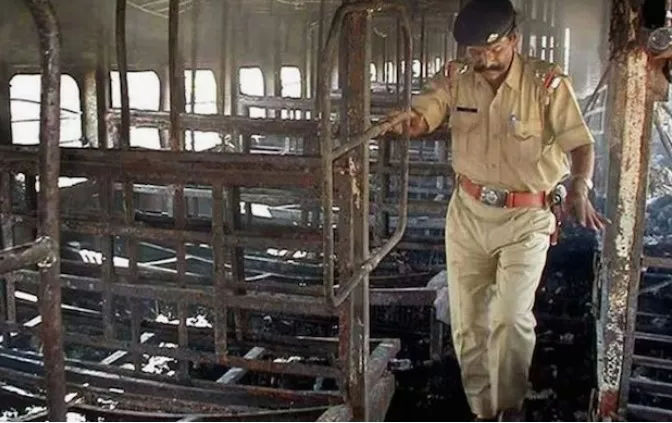
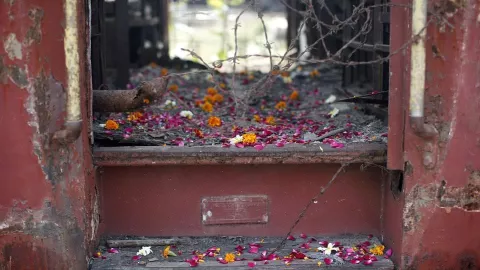
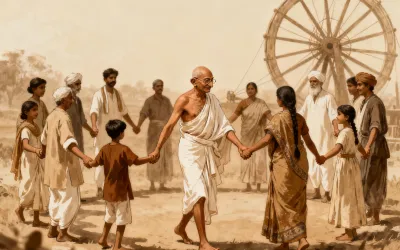
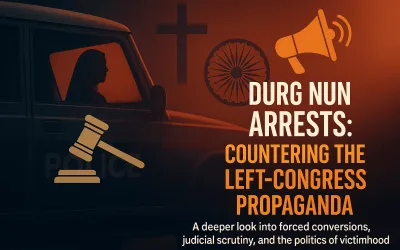
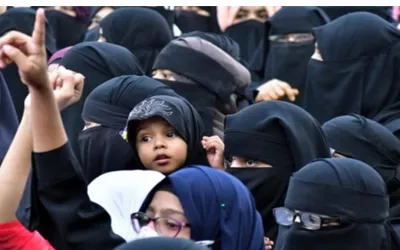
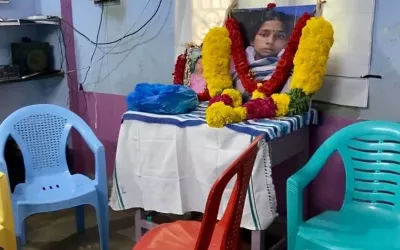


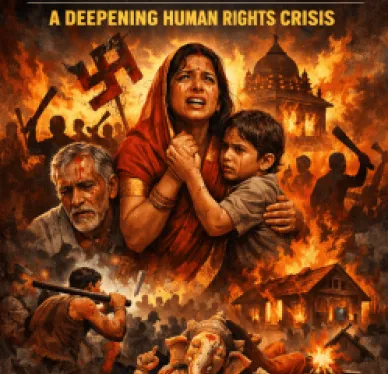

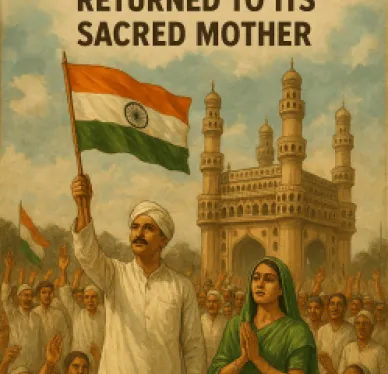
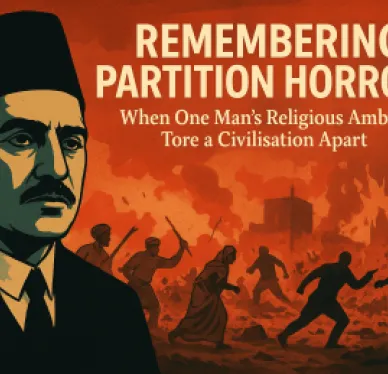
Comments
Add new comment